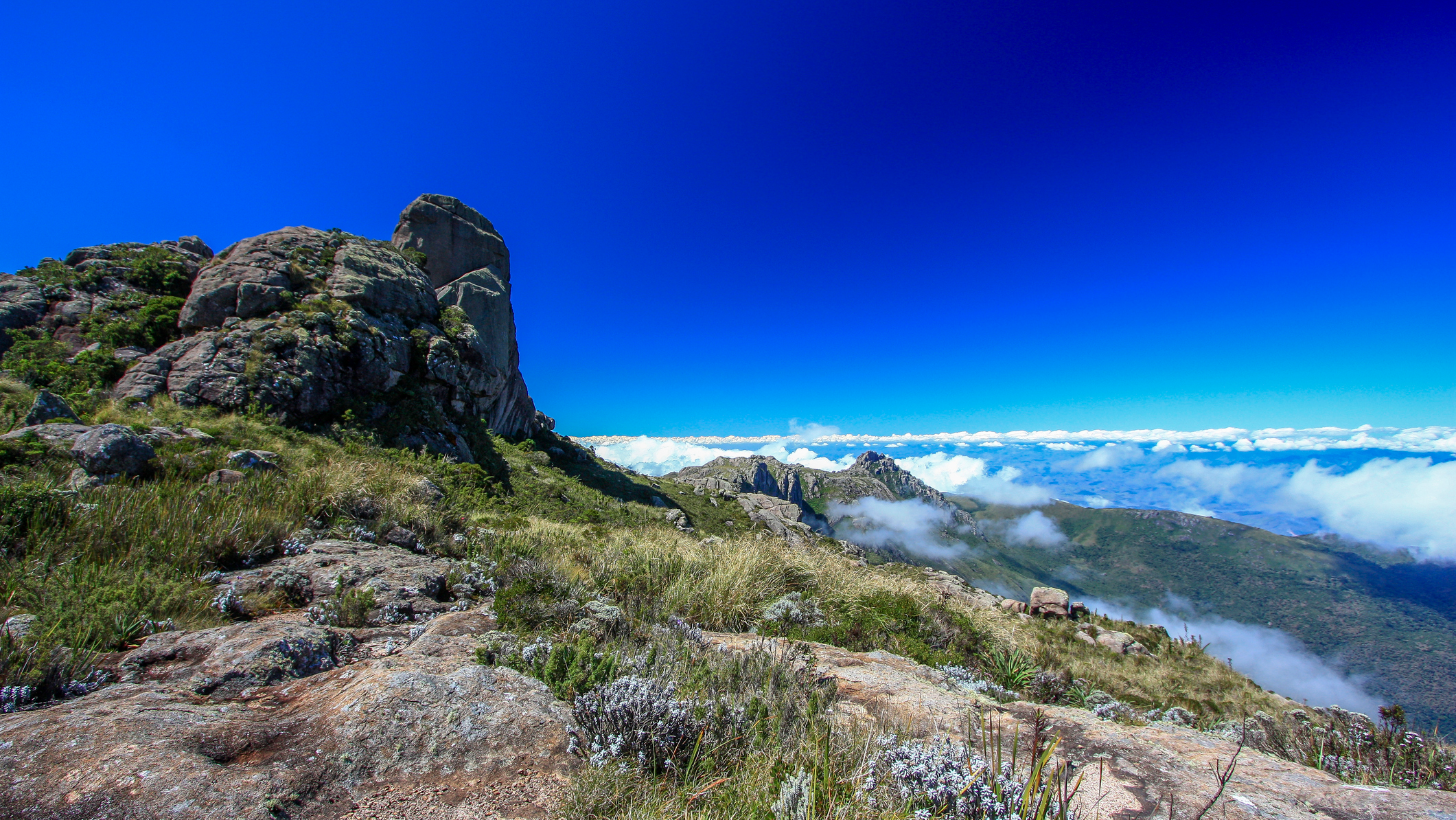Toe socks for hiking? Really?
Are toe socks really appropriate for hiking and running, or are they just a novelty item?
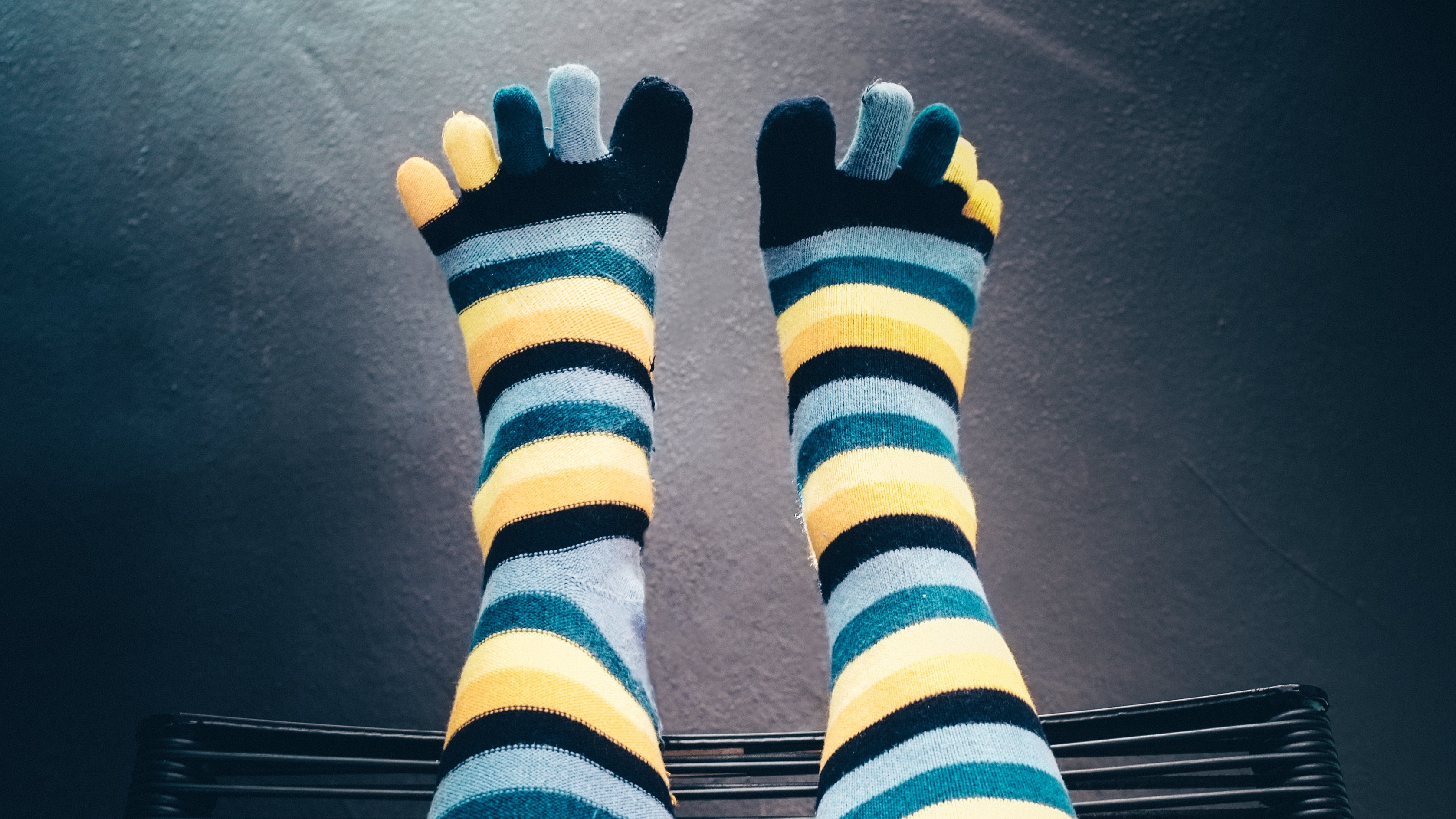
Toe socks for hiking? Really?
If you’re anything like me, the idea of socks with toes gives you both the heebies and the jeebies, and for no good reason either. After all, nothing about the sight of a hand in a five fingered hiking glove sends shivers down my spine, but I’ve always found the idea of socks with toes a bit creepy.
That’s until I did my first thru-hike, and despite packing ultralight, breaking in my shoes properly and wearing wool hiking socks, I realized on day two that my toes were absolutely covered in blisters. I know all about lacing my hiking boots properly and sizing them correctly but it wasn’t enough. I needed to seriously rethink my approach, so I started calling up all of my hiking friends to get some tips, and the two pieces of advice I heard over and over again were: slather your feet in vaseline, and wear toe socks.

Now the Vaseline I had no problem with. I’ve used it for everything forever, from a daily Chapstick substitute to helping to heal major road rash down my right side after a bike crash years ago. And it definitely helps immensely with rubbing hiking shoes, if you’re wondering.
But this article isn’t about Vaseline, it’s about toe socks. I was skeptical upon hearing that they’re great for hiking, because as far as I was concerned they were a novelty item and not a technical piece of gear meant to be worn under hiking boots or trail running shoes. But I was also desperate never to feel this type of foot pain again, so I decided to look into the matter.
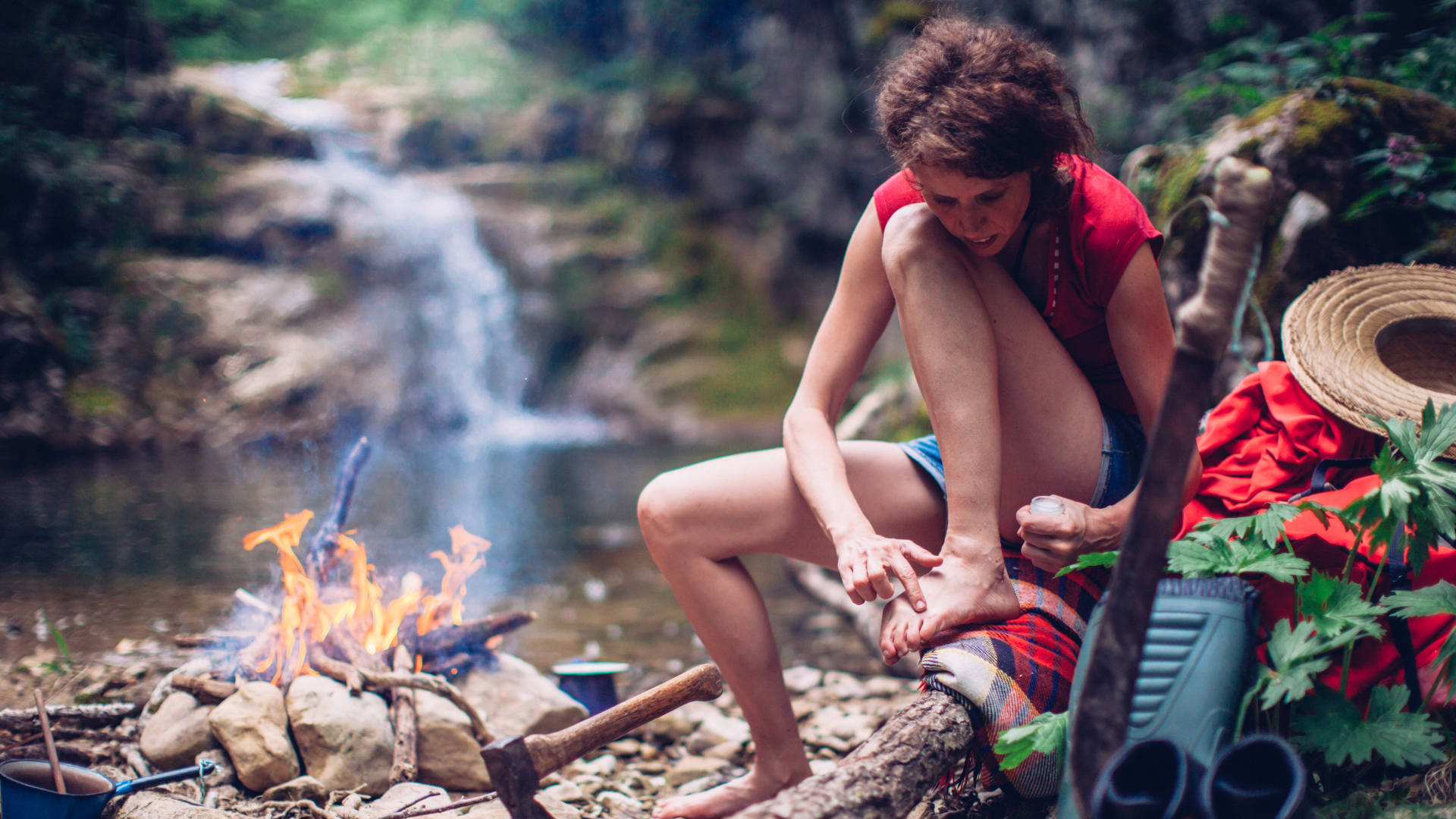
What are toe socks?
First, in case you don’t know, toe socks – alternately known as finger socks, glove socks, 5-toe socks and digital socks – are socks that have five tiny little pouches for your toes, just the way gloves have slots for your fingers. A patent for an early version of toe socks was filed in 1969 by one Ethel Russel and they became a novelty item in the 1990s. In fact, I recall getting a pink and white-striped pair in my Christmas stocking around that time.
About ten years ago, toe socks had a resurgence in my consciousness when my yoga students started showing up wearing versions with rubber grips on the soles to keep them from slipping on their yoga mats. I hid my distaste. But it turns out that toe socks have come a long way since my high school years, and now come in a wide variety of purposes including technical toe socks for hiking and running and even compression toe socks for athletic recovery.
Advnture Newsletter
All the latest inspiration, tips and guides to help you plan your next Advnture!
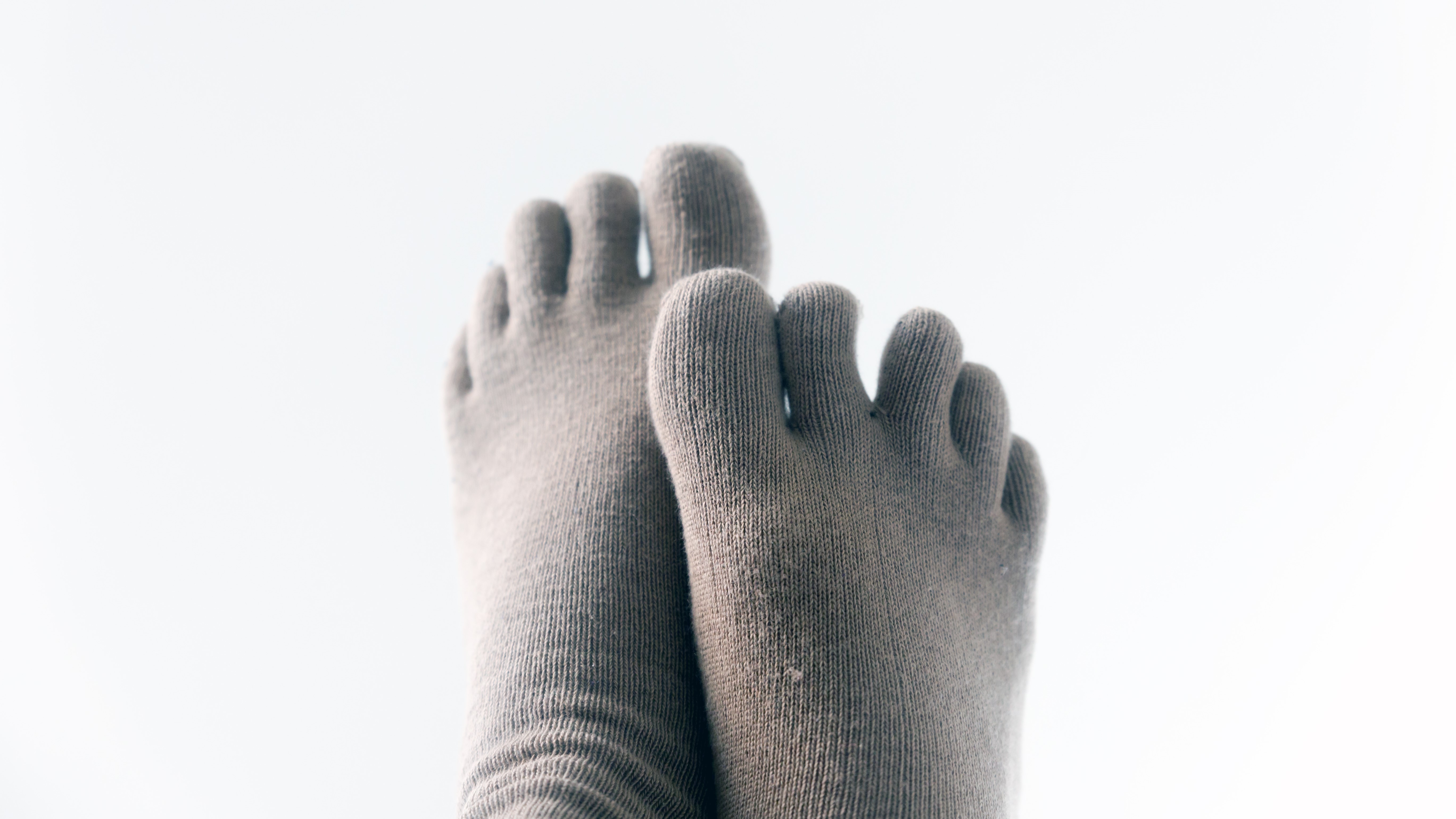
What are the benefits of toe socks?
The only study I could find on the benefits of toe socks is a 2012 study by researchers at Kyushu Kyoritsu University which found that toe socks with rubber grips improved static postural control among healthy young adults. What this means for the hiking trail I don’t really know, but it certainly could equate to better stability on a rocky path. I also couldn’t find any persuasive testimonials from Boston marathon runners or Appalachian Trail thru-hikers extolling the benefits of toe socks, but I’m all ears if you’re reading this.
The only benefits of toe socks I could find come from manufacturers and podiatrists, and as far as I can tell they’re speculative at best, but that doesn’t mean they’re not true. Here’s what they say the benefits of toe socks are:
- Blister prevention: Separating your toes with fabric keeps them from rubbing against each other.
- Better moisture management: Toe socks made from a moisture-wicking material like merino wool or synthetic fabric will do a better job of keeping the area between your toes dry, which again reduces rubbing and also reduces the risk of fungal infections and trench foot as well as keeping your feet warmer.
- Improved sensation: Separating your toes rather than mashing them together helps your brain-foot connection and allows you better use of your feet, especially in the push-off stage of running and hiking.
- Better biomechanics: Separating your toes allows for better weight distribution which makes you utilize your entire foot as you walk.
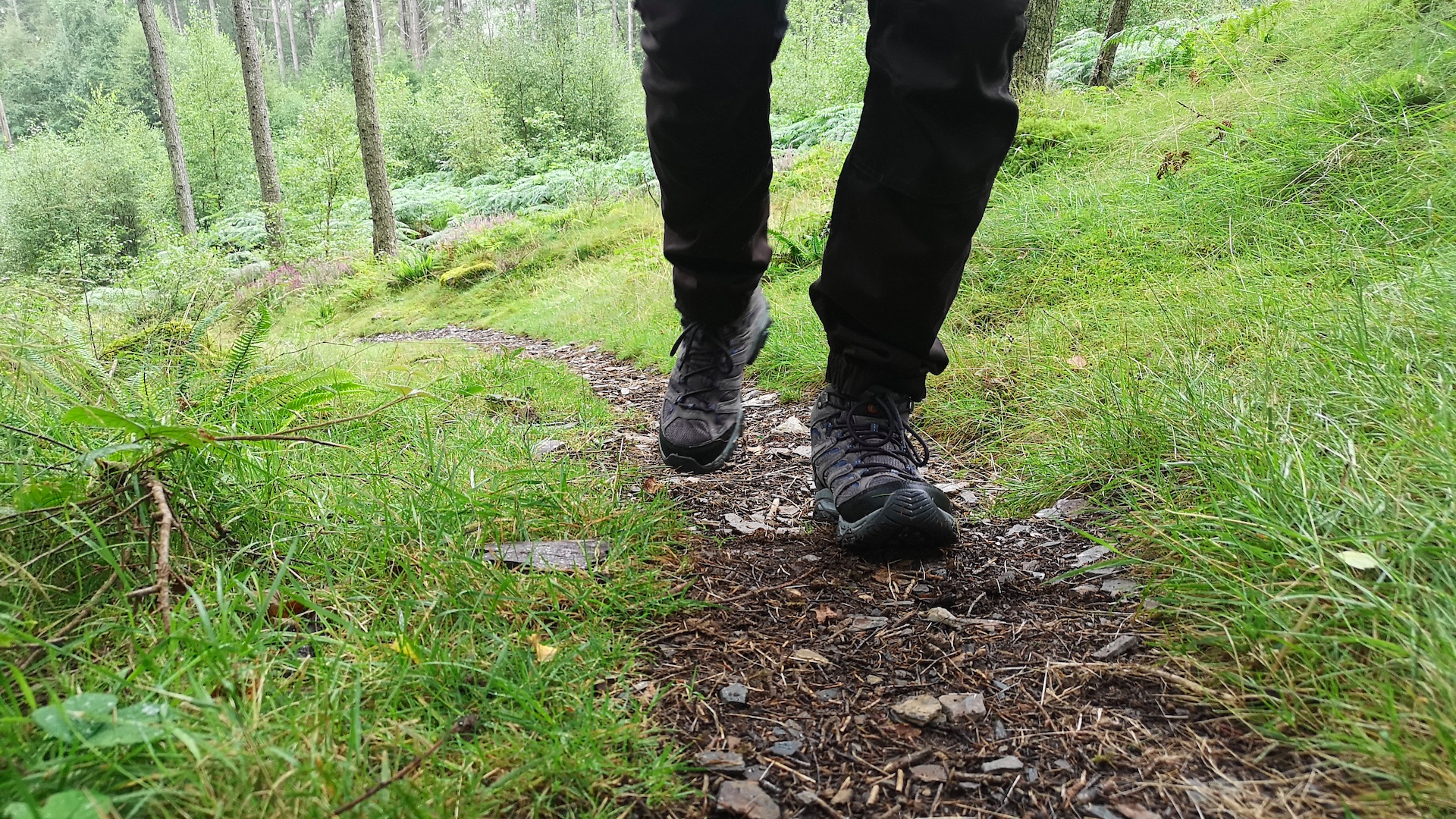
As I’ve said, there isn’t clinical research to back this up, nor am I convinced that such research really needs to be funded when there’s the common cold still to cure, but just because there isn’t data, doesn’t mean it isn’t true. I decided to give them a go for hiking and, in conjunction with a lot of vaseline, I’ve been able to go on some long hikes lately with much happier feet at the end of the day. Anecdotally at least, I can attest to their blister prevention and moisture management capabilities, even if they do look weird and creepy. Also, it occurs to me that everyone else on the trail is wearing them too, just concealed from view like mine are.
Whether or not they give me better biomechanics, I can’t say for sure, but I will say that over the last few years, as I’ve done more running, I’ve noticed that my toes tend to be more clumped together than they used to be which makes it harder to access all of the muscles in my feet. So I’m hopeful these will allow me to retrain some of that sensory feedback, but I can’t say I’ve noticed it yet.
Ultimately, if you’re not too embarrassed to wear toe socks in public and you’ve been having toe problems such as blisters or loss of foot sensitivity, the best thing you can do is get a technical pair and see for yourself if they’ll help. Dip a toe in, as they say.
- The best trail running socks: tested for comfort and protection
Julia Clarke is a staff writer for Advnture.com and the author of the book Restorative Yoga for Beginners. She loves to explore mountains on foot, bike, skis and belay and then recover on the the yoga mat. Julia graduated with a degree in journalism in 2004 and spent eight years working as a radio presenter in Kansas City, Vermont, Boston and New York City before discovering the joys of the Rocky Mountains. She then detoured west to Colorado and enjoyed 11 years teaching yoga in Vail before returning to her hometown of Glasgow, Scotland in 2020 to focus on family and writing.

